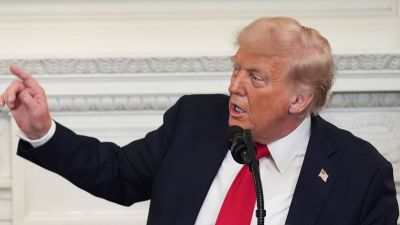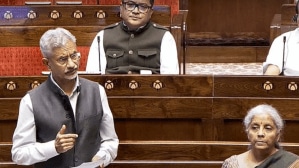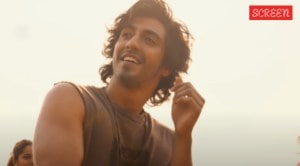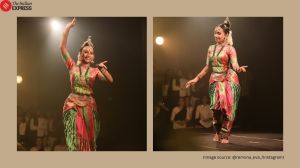Know Your City: Come Navratri, Vadodara comes alive with garba music
Last year Gujarat's garba made it to Unesco’s ‘Representative List of Intangible Cultural List of Humanity’, making it the 15th such inscription on the list from India.
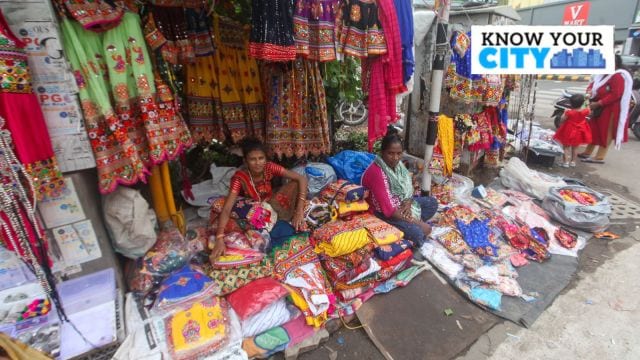 The traditional form of garba is known to emphasise on the vocals and lyrics with dhol beats and traditional instruments like manjira (cymbals) and khanjri (tambourine) lending background support. (Express Photo by Bhupendra Rana)
The traditional form of garba is known to emphasise on the vocals and lyrics with dhol beats and traditional instruments like manjira (cymbals) and khanjri (tambourine) lending background support. (Express Photo by Bhupendra Rana)Ame maiyara re…gokul gaamna… goes a lyric of traditional garba (traditional Gujarati dance) on the women who set out to sell milk in the villages, and another from the 17th century by Vallabh Bhatt on Kali Ma residing on Pavagadh (Maa Pava te Gadh thi utarya ma Kaali rey). Yet another from the 1970s on Ahmedabad’s Lal Darwaja and its ‘arrogant badshah’ (Ek e Lal Darwaje Tambu Taniya re lol). While the garba lyrics kept adapting to the times, the nine nights of dancing celebrated in Gujarat during Navratri as a worship to Goddess Amba continues to keep the traditional songs alive.
Last year Gujarat’s garba made it to Unesco’s ‘Representative List of Intangible Cultural List of Humanity’, making it the 15th such inscription on the list from India. The festival begins from October 3 to culminate on Dussehra.
Garba singers and scholars say that the dance form is an “integral part” of expression of joy, opinions and even sadness – sung at celebrations and even to denote cycles of life and seasons.
However, mostly sung during the Navratri, the garbas have undergone exceptional transformation over the years — from profound lyrics in traditionally sung garbas to dhol beats to patrons twirling on stimulating beats of electronic music, the garbas have also transitioned from ritualisic to social dance gatherings for merriment.
Former Head of Department of Dance and Dean of Faculty of Performing Arts Parul Shah says the garba form that is practised in Gujarat is roughly from around 15th century AD.
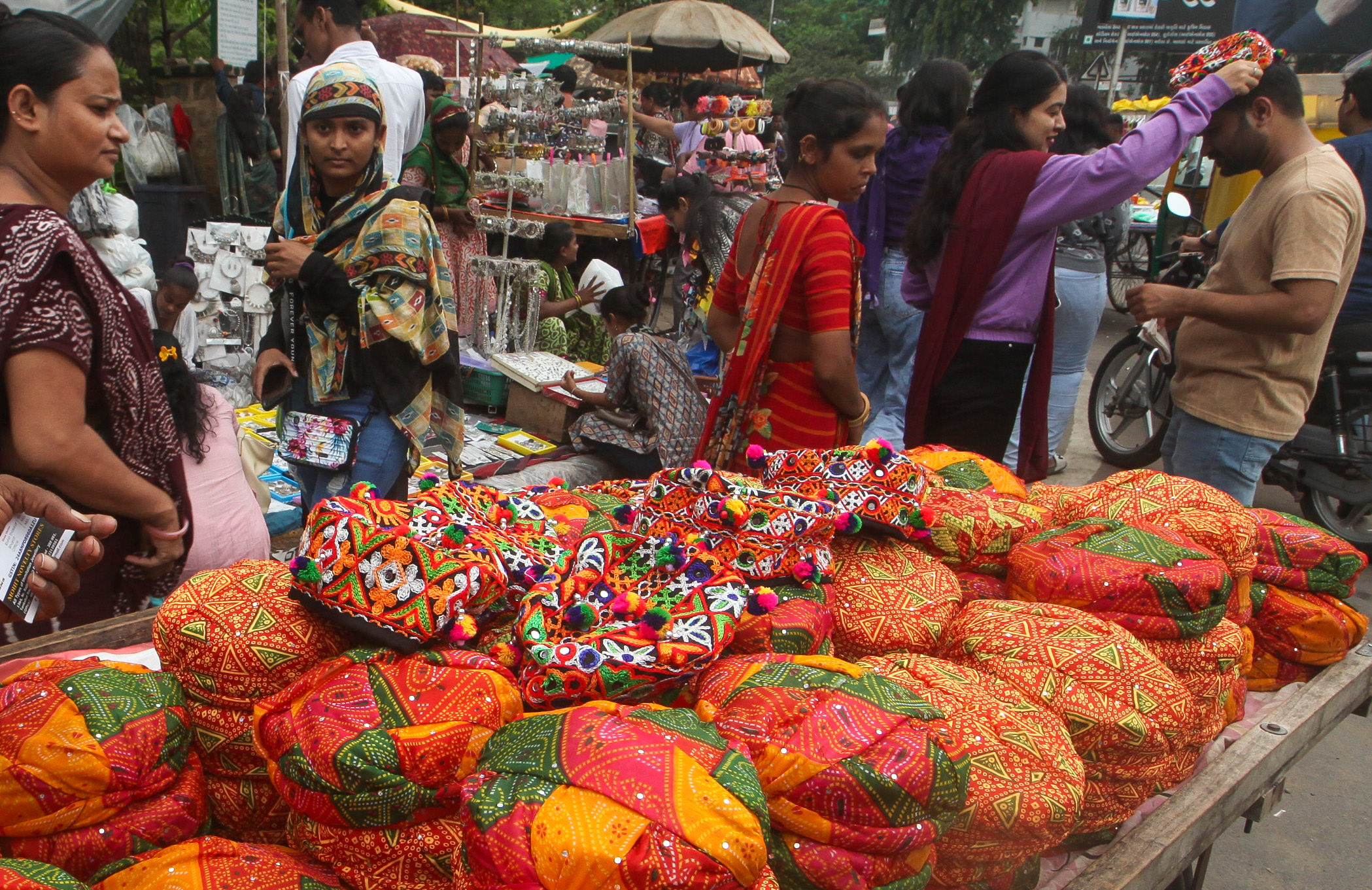 (Express Photo by Bhupendra Rana)
(Express Photo by Bhupendra Rana)
“Earlier too, there was circle dancing but it was in the 15th century that Shakti worship (of Goddess Durga) became popular and so the garbas came about. The circular form of the garba has its own significance as it encapsulates the womb of a woman and fertility. The lyrics of garbas are in Gujarati and the officially accepted first garba is by Bhandas, titled ‘Gaganmandal ni gagardi gun garbi re’,” Shah says.
The traditional form of garba is known to emphasise on the vocals and lyrics with dhol beats and traditional instruments like manjira (cymbals) and khanjri (tambourine) lending background support.
Shah mentions that the traditional garbas – not restricted to Navratris – were sung on social relationships, especially that of the mother-in-law and the daughter-in-law as well as on seasons. “During Independence struggle, the phernis taken out also had garbas, many of which were compiled by Zaverchand Meghani. In fact, there was a garba written even for the Machhu dam disaster (1979)… Many times the tunes of the garbas were the same but fitted with different lyrics as per the situation… In Gujarat, Garba is sung for any joyous occasion and not just for Navratri. Navratri is only one aspect of devotion for Goddess Amba (Durga),” he says.
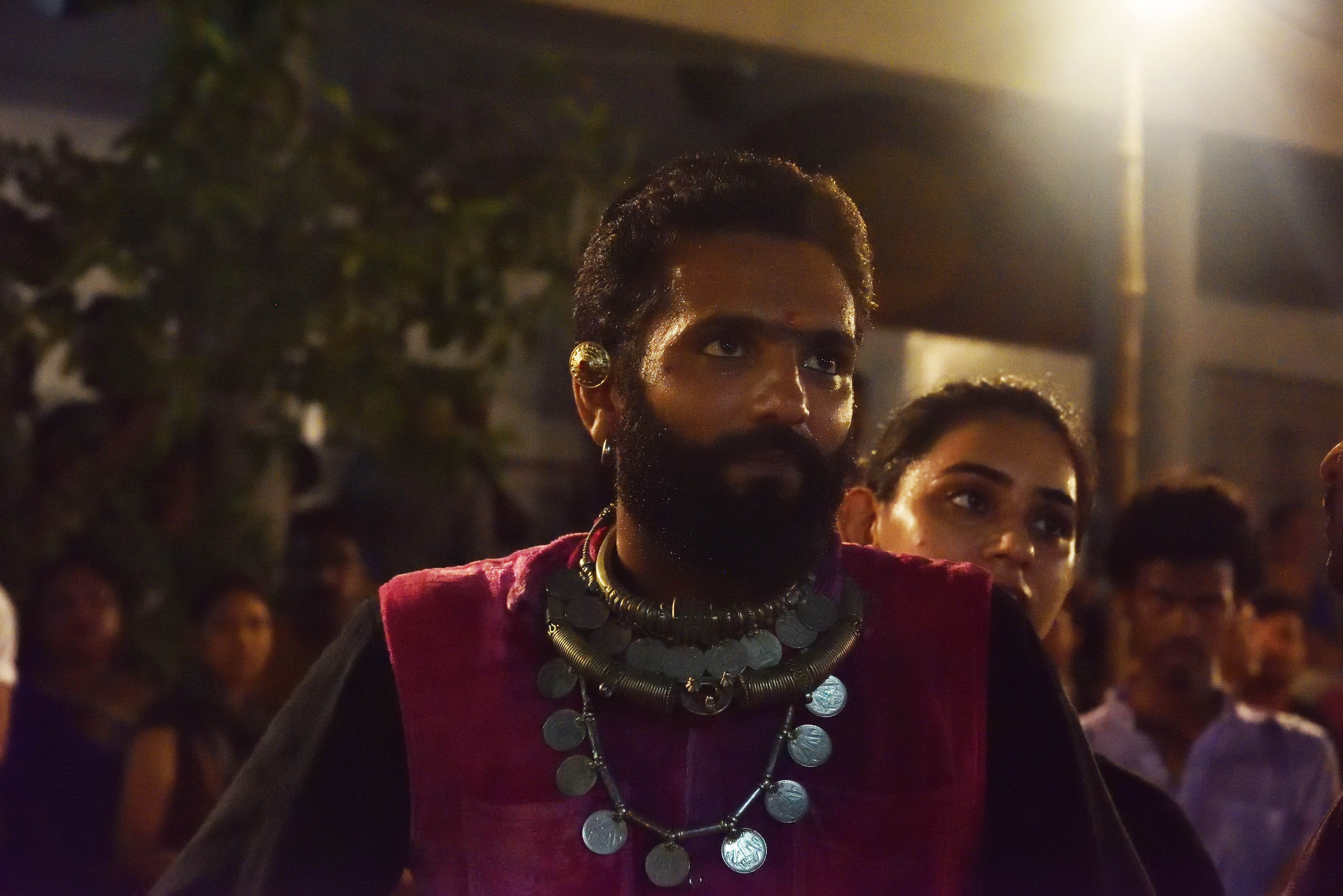 (Express Photo by Bhupendra Rana)
(Express Photo by Bhupendra Rana)
Garbas were composed based on events during the freedom movement like the Jallianwala Bagh massacre, and also on Mahatma Gandhi, according to resources available on the Mani Bhavan website.
Manubhai Nirmal, who has been singing the traditional form of garba for the Faculty of Fine Arts (FFA) of the MS University for the past 51 years, states that much like other commercial music, the modern high-energy music and electronic additions to make the garba beats faster has “taken away” the essence of the devotion.
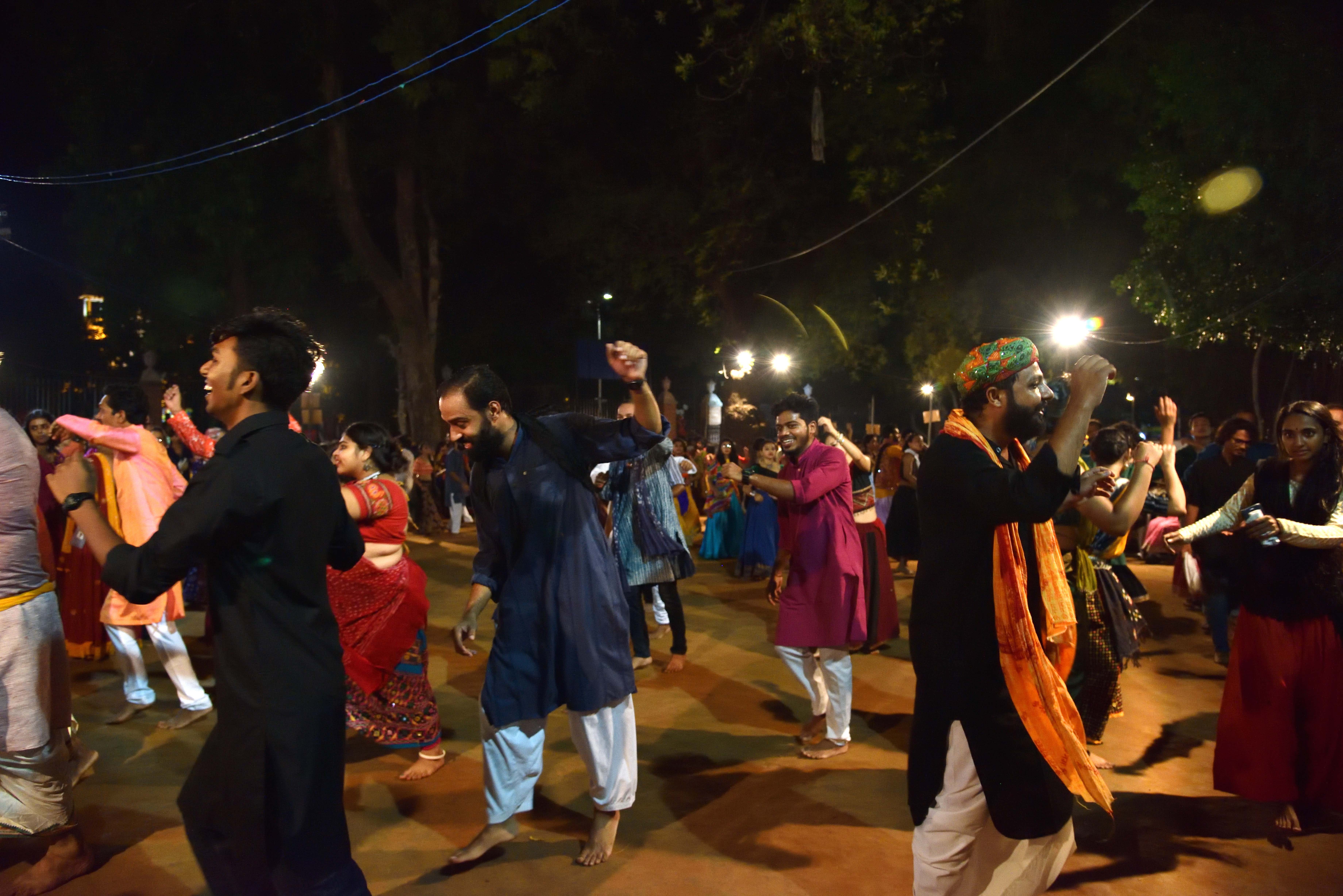 According to Nirmal, these are also the popular garbas that have led to the evolution of the famous six. eight, 12 and 16 step garba dances that FFA is famous for trendsetting. (FFA File Photo)
According to Nirmal, these are also the popular garbas that have led to the evolution of the famous six. eight, 12 and 16 step garba dances that FFA is famous for trendsetting. (FFA File Photo)
He said. “The traditional garbas feel pure and interesting and have a lasting impression on people… Those who have grown up hearing them would know them by heart. The Fine Arts garbas are based mostly on the traditional garbas sung by Hemu Gadhvi from Rajkot during his time… They are garbas on Sugam (Hindustani Classical) base’ they start slowly and focus on the ragas, taals and swar systems”.
Nirmal and a team of FFA vocalists refer mainly to Meghani’s compilations of 465 garbas in two books titled ‘Radhiyali Raat’. Nirmal says that Zaverchand Meghani travelled to interior Saurashtra villages, gathered so many garbas and compiled 465 garbas in two books titled ‘Radhiyali Rat’, in which the garbas are classified.
“Some are on relationships, some on friendships and romance, on Lord Krishna and also Goddess Amba… most of them are based on the devotion to Krishna and Ambe Maa but there are also raag and dhaals of some that are humorous as well as some that can leave you in tears,” he says.
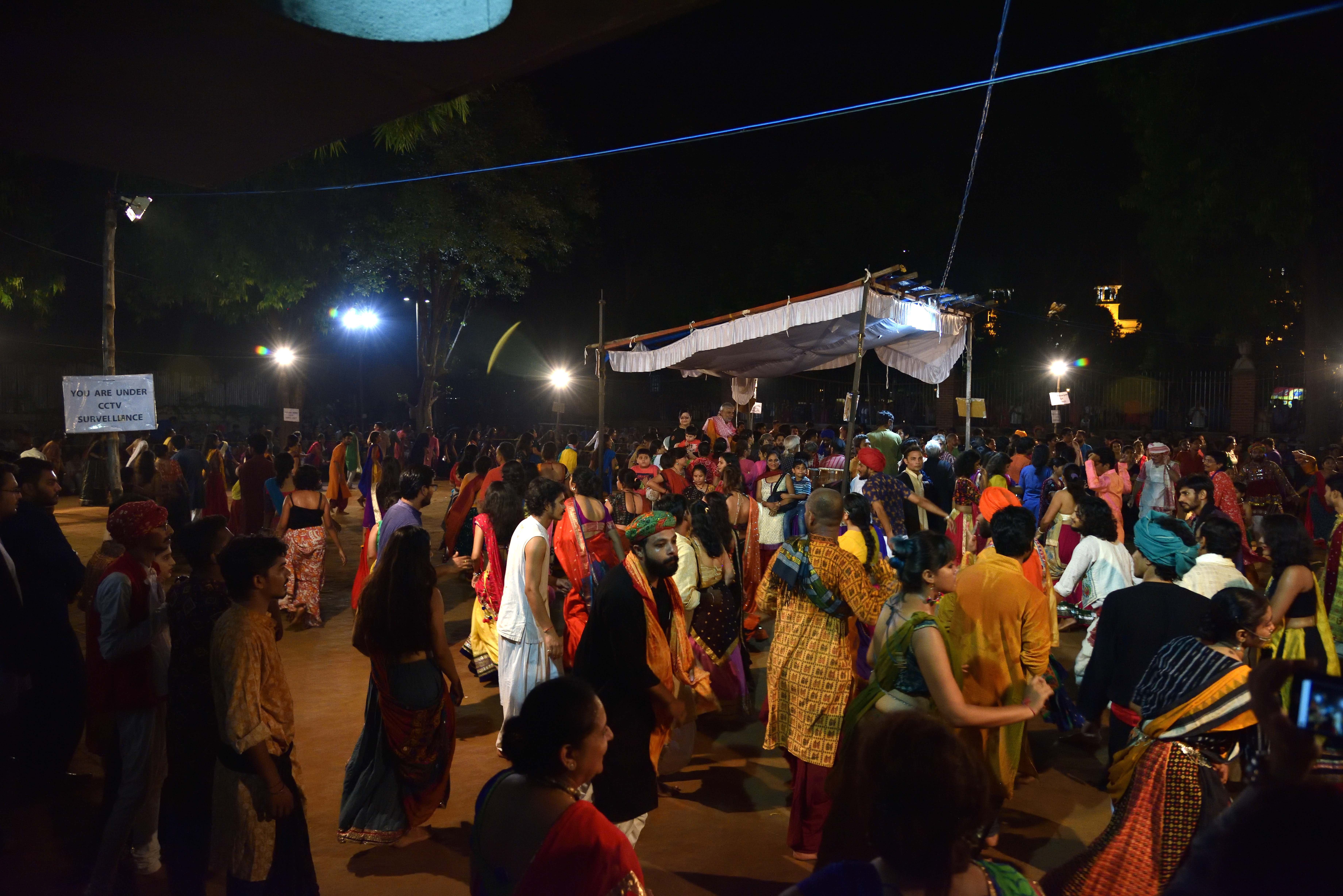 The traditional garbas such as ‘Aabh ma jini jabuke vijli’, ‘Nagar Nandjina Lal’, ‘Ame maiyara gokul gaam na’… The taal (rhythm) and laay (speed) is not something that can be fit into a piece of music. (FFA File Photo)
The traditional garbas such as ‘Aabh ma jini jabuke vijli’, ‘Nagar Nandjina Lal’, ‘Ame maiyara gokul gaam na’… The taal (rhythm) and laay (speed) is not something that can be fit into a piece of music. (FFA File Photo)
Nirmal states that the garbas of the lore are “intense” and ensures a “connection”. “The traditional garbas of yesteryears were written with passion and have deep meaning. The focus was on the words and what it conveyed. So for someone hearing the garba, there would be an instant connection… It had nothing to do with music. What is being played at commercial garba venues is high-energy music that takes the players in a trance and they do not care about the lyrics or the vocalists so much… The connection is missing. Take for instance, the traditional garbas such as ‘Aabh ma jini jabuke vijli’, ‘Nagar Nandjina Lal’, ‘Ame maiyara gokul gaam na’… The taal (rhythm) and laay (speed) is not something that can be fit into a piece of music. It was the lyrics that bring the devotion to the Goddess in the traditional garbas… What is happening now is commercial dance and merriment only…”
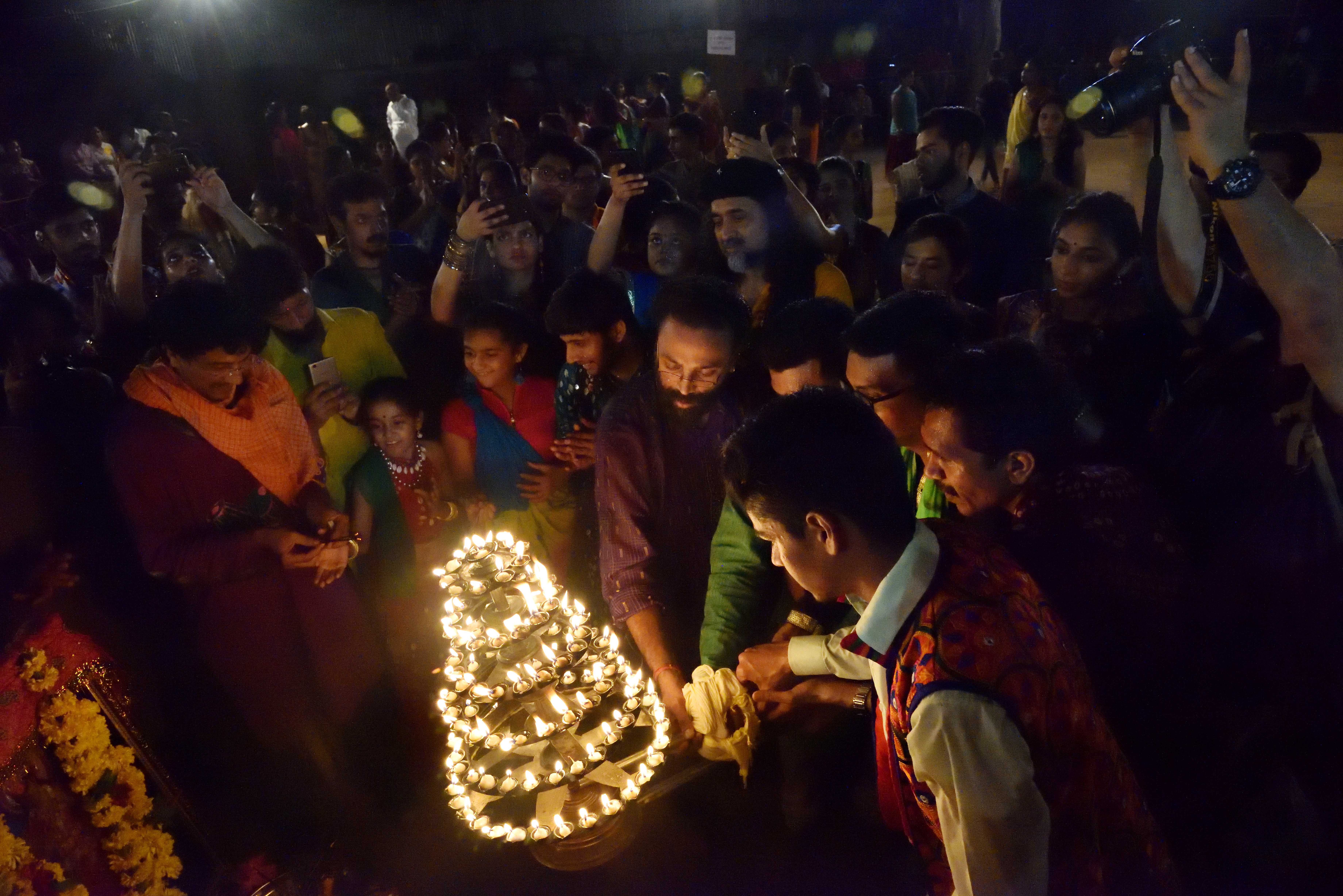 Nirmal and a team of FFA vocalists refer mainly to Meghani’s compilations of 465 garbas in two books titled ‘Radhiyali Raat’. (FFA File Photo)
Nirmal and a team of FFA vocalists refer mainly to Meghani’s compilations of 465 garbas in two books titled ‘Radhiyali Raat’. (FFA File Photo)
Dhruti Mankodi, who has been singing the traditional garbas at FFA for over 38 years says that traditional garbas such as ‘Sharadpunam ni raatdi rang dolariyo’, ‘bhalaa bhanejda sarowar jau tya dhole rame’ and ‘maniyaro te halu halu ‘ have also been adapted into DJ music in recent years.
According to Nirmal, these are also the popular garbas that have led to the evolution of the famous six. eight, 12 and 16 step garba dances that FFA is famous for trendsetting.
Mankodi adds that although Vadodara is also known for its commercial garba venues, the city has continued to retain an element of tradition.
Mankodi says, “The basic difference is between he prachin (traditional) and arvachin (modern) garbas… Earlier the lyrics were simple and sung in a tune. It weaved the culture and daily life. Over the years, the lyrics are made to fit into a catchy piece of music that would thrill garba dancers… The vocals are not as important as the peppy feel of the song. Having said that, I do feel that in Vadodara, even with the technology, the young patrons do not like the disco dandiya kind of music… They still demand garbas that retain some part of the ethos…”


